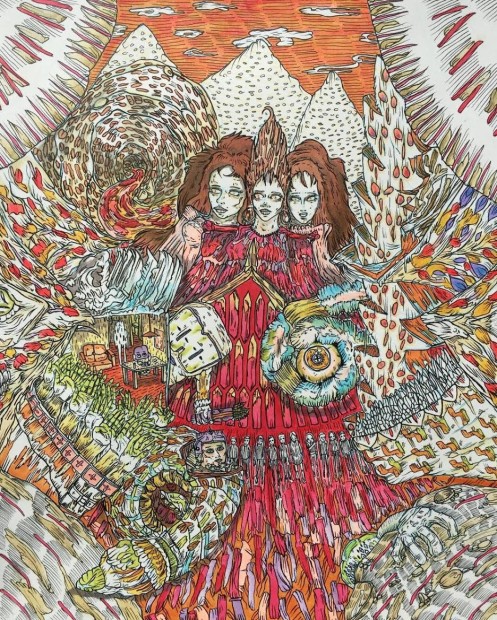We couldn’t help but respond to Rainey Knudson’s recent op ed about Debtfair because she describes a project that we would not want to participate in. We see a different Debtfair—one in which art and artists play a powerful role in articulating the scope of the debt crisis, and illuminating possible ways out of it.
Let’s be clear that Debtfair is an experiment and not a proven solution. It would be absurd for us to make claims on solutions to a crisis as out of control as indebtedness in the U.S. Within this picture, artists occupy a particularly precarious position due to low earnings and high tuition. There are exceptions, but by the numbers, this is fact. Rainey agrees on this point—it’s the search for answers in which we don’t seem to agree. Rainey offers the advice to basically not go into debt. The reality is that many are already in debt—not always for bad reasons, and many cannot avoid it. It’s a structural reality that has to do with the economy we live in. There’s also a complexity of this issue tied into issues of privilege, class, and race. Read through the artist narratives on Debtfair.org and you can see how it plays out in artist’s lives in great detail. One artist describes a typical conundrum:
“I always had a part-time job as a food server at a restaurant, so I have been working extra shifts. But soon I must consider whether I should go back to college and pursue something different and incur new debt, but maybe I’d find a better earning salary and position. No guarantees, except a debt to pay. Or just keep working in the way I can and save, save and save. I would have more time to create art this way and maybe sell a little more of it. It’s a gamble either way.”
We believe that respecting the specific complexities outlined here must be central to an organizing effort. This is where art comes in. Art is unique in that it thrives on complexity. It can express the spaces between, the becomings and the desires for what has yet to come. It’s natural territory is one of experiment.
Key to our experiment is whether artworks can help lay out the true scope of the debt crisis. We aren’t organizing the work aesthetically or by theme—the normal way that curating is done. We are issuing an open call within a specific conceptual framework in order to allow aesthetics that represent all artists and their economic realities—a view that is beyond the normalized gatekeeping conditions. Debtfair is and will remain open to any artist who wishes to share their work and their story.
But make no mistake, Debtfair is all about art. The project is inspired by a profound belief in art and the drive to make it. It’s a visual framework to harness the power, complexity, and range of artistic visions in order to open a dialog about the current debt crisis with the most powerful tool that artists possess, and that is the art itself.
Fernando Ramirez is one of the many Houston artists who recently joined Debtfair. His graphic pieces portray fascinating apocalyptic hallucinations that tie back to William Blake and medieval altarpieces. A subdued palette and scratchy cartoony linework pull them into another world. He writes, “I got into debt by funding my education with student loans in order to be the first in my family to complete a college education.” This reality points to the social complexity of the issue that we face. His work represents one node in a collective “bundle” of visions by artists who are managing economic realities not in isolation, but in solidarity.
We hope you will join us.
– Noah Fischer and Kenneth Pietrobono, Debtfair





